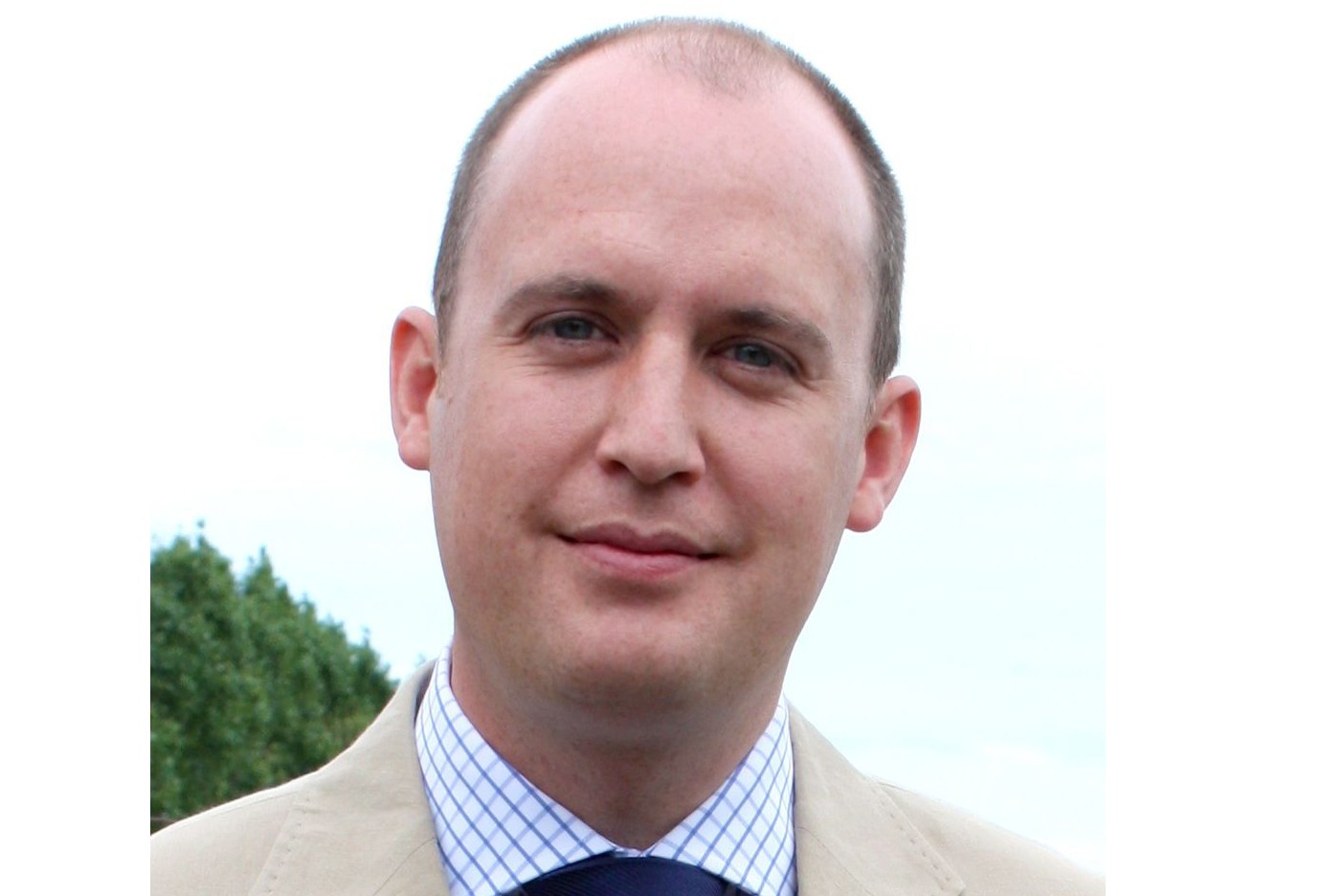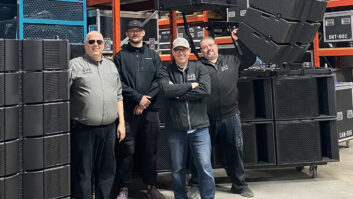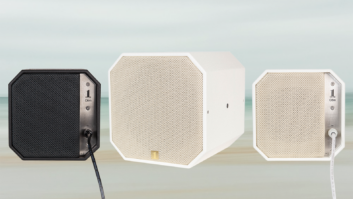
Masking of background noise can greatly enhance productivity in offices, call centres and other busy environments. A competent acoustic engineer will be equal to the technicalities involved, but selling, installing and commissioning the system creates a set of unique challenges for the installer.
How do you convince a customer to sign off a very substantial budget for a system that he will neither see nor hear? How do you manage the installation of a system that needs to be wired in early on, but can’t actually be fully commissioned until the building is in use? How do you commission the system? Unless handled carefully, the customer will start to think he is being sold the proverbial ‘Emperor’s New Clothes’.
Air travellers will be familiar with the experience of sound masking, though they are almost certainly unaware of it. The noise of the engines, so evident on take-off, disappears when the plane reaches cruising altitude. The manufacturers carefully measure the sound frequencies that its engines emit, and pipe all the other audible frequencies over the aircraft’s sound system at the same level. Since passengers’ ears are hearing a full spectrum of sound frequencies, their brains screen it all out and they are unaware of engine noise. The system also deadens other noise, making conversations a few seats away hard to hear.
The fact that every airliner features sound masking, but almost all travellers are unaware of it, illustrates the unique challenge in selling such a system. While digital signage will be right in the building users’ eye every time they enter, the sound masking system will only be apparent if it isn’t working. Despite independent research documenting productivity gains, job satisfaction increases, and reductions in stress, there is widespread scepticism. Personally, I’ve found that the most effective way of overcoming this is a good demonstration in a suitably configured demo room.
The installation process will need three or more visits to the site. Speakers will need to be wired into the ceiling or wall spaces at a relatively early stage, and will need to be correctly sited at this point. The racks can be added as a second phase.
Dynamic systems monitor the frequencies present in the ambient environment and automatically compensate for them, eliminating the need for a sound survey. A final site visit to switch on the system and verify that it is working correctly is normally all that is required. Dynamic systems are currently only suitable for the most straightforward environments, though. Applications where the speakers are also used for announcements or music, and multi-zoned environments, will need a static solution.
A thorough acoustic survey needs to take place in order to set up a static system. This can only be done once the building is fully occupied. These will involve using a measuring microphone with a very flat frequency response in order to identify the main background noise frequencies. Other tests, such as the classic ‘balloon’ test to characterise the tail length of sound signals, can also be done. A survey needs to be carried out over time, and should probably be repeated during the early stages of occupancy, and again each time a major change of configuration takes place.
The interval between first occupation and full commissioning of the sound masking system is a golden opportunity for the installer. When the system is first switched on, users will appreciate that conversations held a couple of desks away become less intrusive, and that the sound made by printers, photocopiers and the air-conditioning will completely disappear. Within a few days, however, occupants will become used to the environment and the only time they will notice the system is if it stops working correctly. To paraphrase the Victorian maxim, a good sound masking system can be neither seen nor heard.







